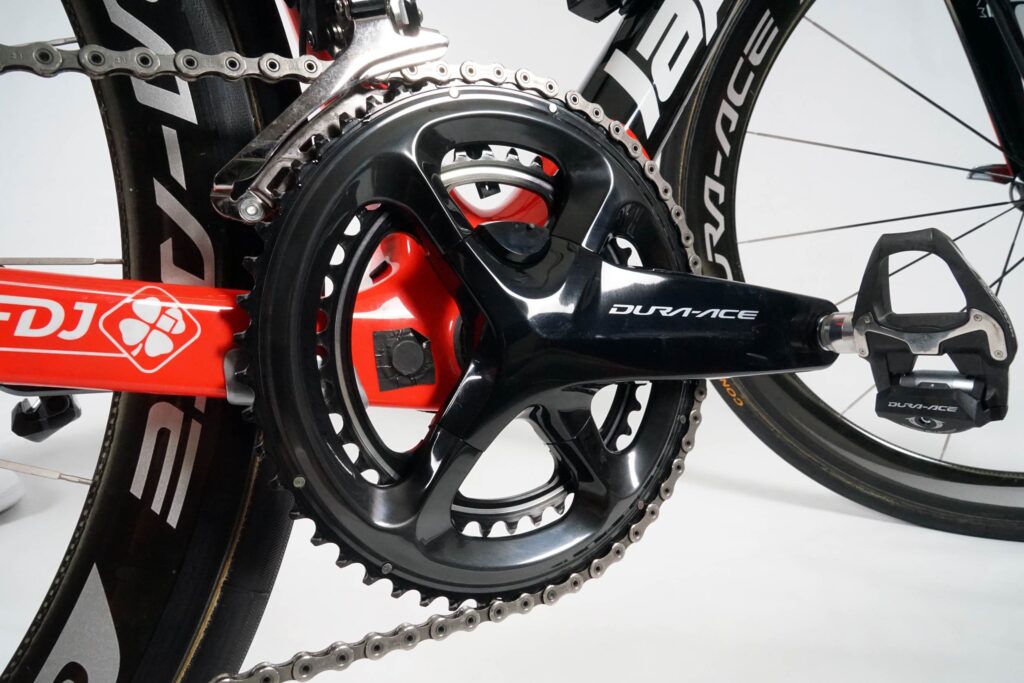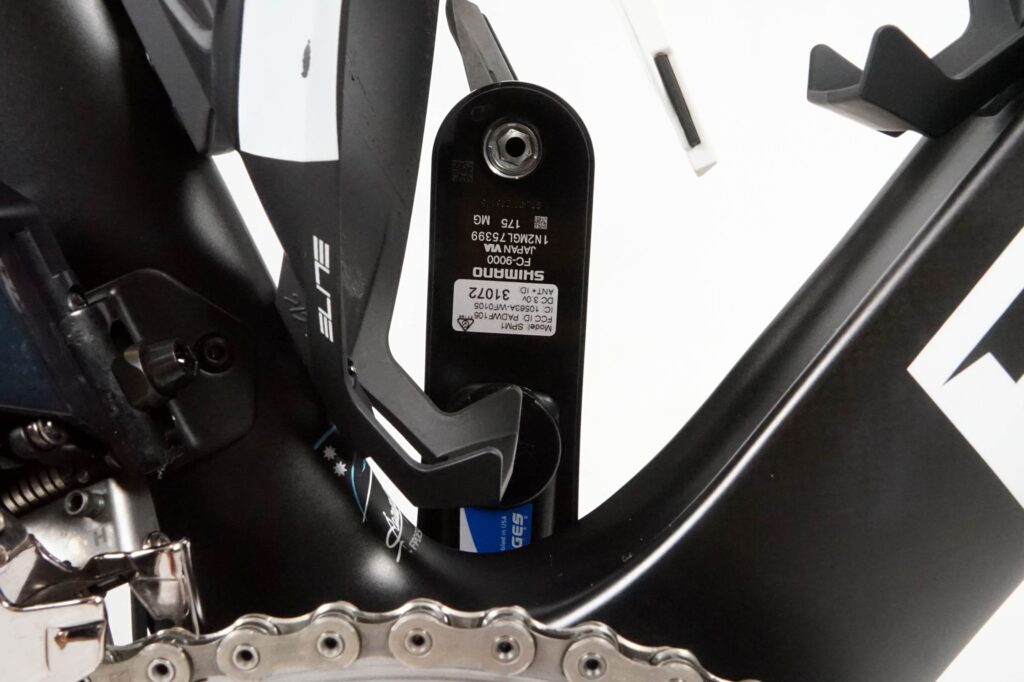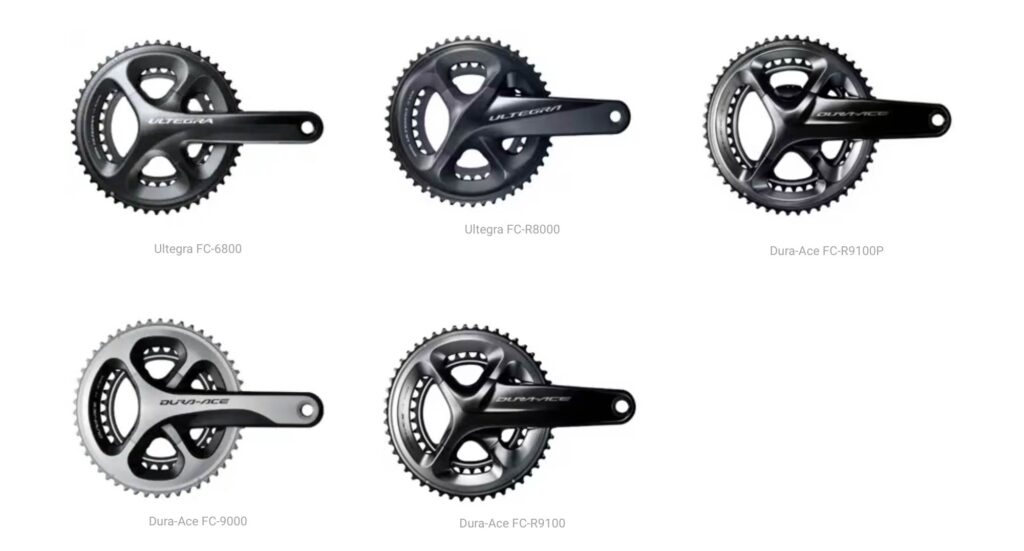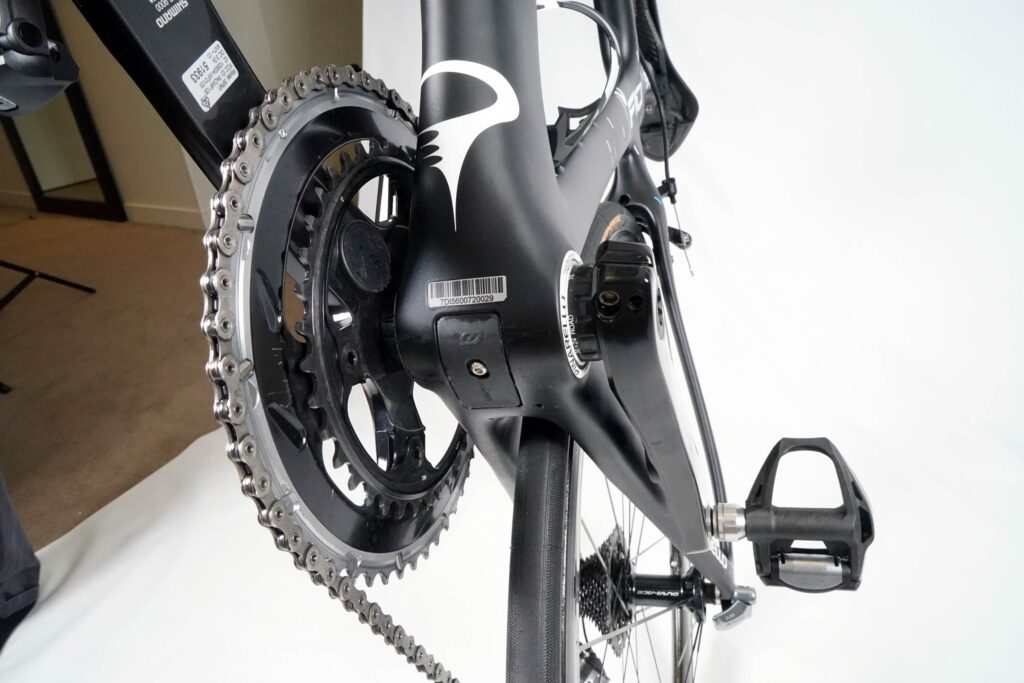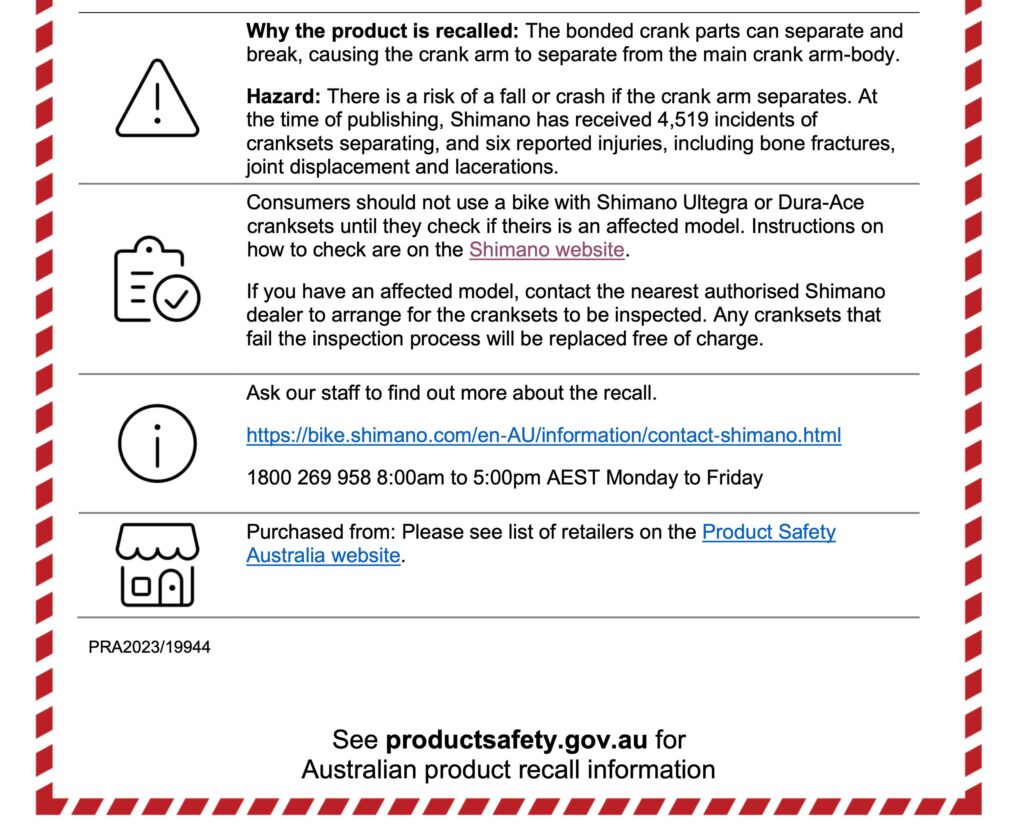Shimano Australia has issued a ‘Safety Inspection’ regarding an issue with certain cranks manufactured between June 2012 and June 2019. The problem was highlighted years ago, but only now is action being taken to try and remedy the issue…
– By Rob Arnold
The “safety notice” issued by Shimano Australia at the end of September marks the beginning of what is likely to be an ongoing matter for bike riders and bike shop owners for months – maybe years – to come.
The issue relates to “selected bonded 11‐speed HOLLOWTECH II road cranksets” and the action by Shimano has been labelled in various ways. In the US, it’s called a “voluntary recall”; in France an “avis de rappel”(“recall notice”); in the UK an “important safety warning”; and in Australia an “important safety inspection”.
Whatever title you give it, the upshot is that this is a significant potential hazard for riders who have the cranks, and a major hassle for bike shop owners as they have been put in a position to assist Shimano with the management of a known problem that has existed for years.
Shimano has explained the problem in simple terms, with the company site in Australia stating:
“This specifically concerns the Shimano ULTEGRA FC‐6800, DURA‐ACE FC‐9000, ULTEGRA FC‐R8000, DURA‐ACE FC‐R9100 and FC‐R9100‐P 11‐Speed Bonded HOLLOWTECH II Road Cranksets in Australia. Reports received by Shimano indicate that the bonded parts of the crank arm could separate and break, posing potential fall and crash hazards to consumers.”
Finally, after years of reporting about the issue, action is being taken in an attempt to find a solution for what is said to be “up to 2.8 million cranksets” worldwide.
Rather than respond when it started to become apparent that there were faults with the cranks, Shimano largely opted for silence. ‘No comment,’ was the theme for many years.
When push came to shove, however, and threat of legal action was pending, the company succumbed to industry concerns and issued the following statement:
“To remedy this situation, Shimano will have any applicable crankset inspected. Shimano will replace any crank arm that fails the inspection process.”
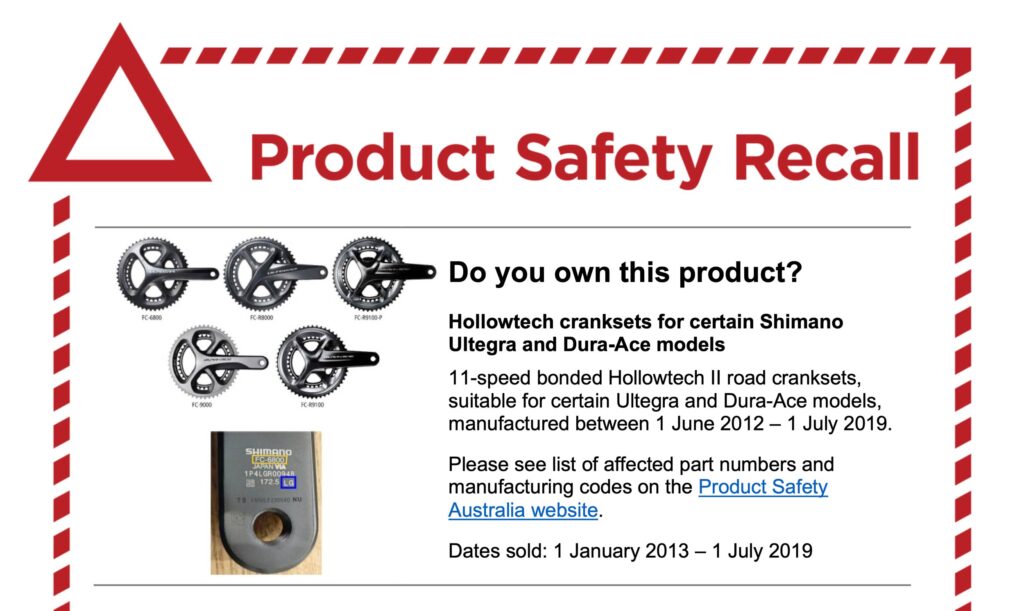
Part of the ACCC’s “recall advertisement” (ie. the title given to the advert by the Australian Competition and Consumer Commission – although Shimano don’t like to label it a ‘recall’, per se.
It’s a messy situation that impacts bike riders and bike shop staff at an international level and which has been made worse by the initial denials that a problem existed.
RIDE Media has been monitoring the story since it became public several weeks ago but not reported on it until now, three days before Shimano Australia’s “inspection process” is due to go live on 16 October 2023.
In the notice about the inspection, Shimano Australia explains the following:
“The dealer will inspect the crankset for signs of bonding separation or delamination.
“Consumers whose cranksets show signs of bonding separation or delamination during the inspection will be provided a free replacement crankset from Shimano that the dealer will professionally install. If your crankset needs replacement following the inspection, please do not use it. If a replacement crankset is temporarily unavailable, Shimano will notify you through your dealer when the replacement is ready.
“The replaced crankset will be a special version, which may feature a different cosmetic appearance while maintaining the same level of performance.”
It only took a few phone calls to bike shop owners to understand that Shimano has actually been replacing faulty cranks for years, even when they failed outside the company’s official warranty period. Although this sounds like good news for customers, this process has been done by stealth without any admission of liability or formal explanation of why broken cranks out of warranty were being replaced.
According to one bike shop owner, “If a crank is out of warranty Shimano were just replacing them but without notifying anyone.”
Despite Shimano’s belated efforts to remedy the problem it has become a PR nightmare for the company.
“Shimano hasn’t just ‘decided’ to do this recall – or whatever it is they want to call it,” said another bike shop owner RIDE Media spoke to. “They have been forced to do it – and that’s the only reason it’s happening now.”
Whatever happens from here, it’s a very costly exercise for one of the biggest brands in the cycling market not only financially – as, of course, it also damages the company’s reputation. Perhaps the greatest shame is that it could potentially have been avoided if Shimano hadn’t delayed admitting that there were problems with the cranks.
Bike shop owners say it has been a known issue for years.
The failure rate is already significant – as highlighted by the @ThanksShimano Instagram account – but, according to some, the issue with breakage isn’t just the luck of the draw, but inevitable.
“Not all the cranks from that manufacturing period have cracked,” explained one bike shop owner, “but, from what I’ve seen – and what I understand of the problem – the cranks made during that time will eventually break.”
The Australian Competition and Consumer Commission (ACCC) published the “recall” on 29 September 2023, stating:
“Shimano has received 4,519 incidents of cranksets separating, and six reported injuries, including bone fractures, joint displacement and lacerations.”
The ACCC goes on to explain:
“If you have an affected model, contact the nearest authorised Shimano dealer to arrange for the cranksets to be inspected. Any cranksets that fail the inspection process will be replaced free of charge.
“For more information, consumers can contact Shimano on 1800 269 958 from 8.00am to 5.00pm AEST Monday to Friday, or online.”
According to one mechanic, the simplified explanation is that the issue is caused by “moisture getting into the axle and then that builds up inside the crank, causing corrosion from the inside”.
Cranks manufactured after the period listed in the safety notice have a plug in the axle that is said to limit the risk of internal contamination with moisture and thus negates the problem that has impacted so many cranksets.
Only now, after years of complaints, crashes and concerns from riders, mechanics and bike shop owners has Shimano begun to act on the problem that affects many thousands of cranks. It is a lacklustre response that is late in coming, confusing for those involved, and bound to get even messier when the official safety inspections begin next week.
– By Rob Arnold
Call-out to customers and bike shop owners
If you have had a crank failure, or work in a bike shop that has dealt with customers who have, please write to RIDE Media and explain the circumstances. If you can outline the response(s) from Shimano, it would surely be interesting reading.


